Château Ramezay Museum, Montreal, Canada

This post contains affiliate links. This means at no extra cost to you, I may earn a commission if you purchase through my links. Please see my website disclaimer for more info.
With the Covid pandemic still going on in full force in most parts of the world, travelling for leisure is pretty much a no-go right now.
We didn’t do much in 2020, as we couldn’t, but things have become slightly more open in Montreal at this point in 2021, so we decided to check out a few local attractions and explore Montreal a bit. A staycation I suppose?
I hate to admit, but despite having been born and raised in Montreal, I actually haven’t really explored it all that much! I even have friends that immigrated here as adults who have seen more of the city than I have! 😳
So to start things off, we decided to visit a few museums, the first being Château Ramezay.

Museum Info
- Address: 280 Notre-Dame Street East, Old Montreal, QC
- Hours: Daily 10:00 - 17:00
- Time needed to visit: 1 - 2 hours
- Official website: chateauramezay.qc.ca
Getting There
As far as getting to the museum, it’s relatively easy, as it’s right in the heart of Old Montreal. If you’re driving, there’s a parking lot right next to the museum, but it’s a bit pricey. There’s also street parking, but finding parking in and around the old port is about as fun as jamming your fingers into your eyeballs! 😵
The Montreal metro is probably your best bet. Take the Orange line to Champ-de-Mars station. From there, it’s only about a 5 minute walk to the museum.
Brief History
Château Ramezay was built in 1705 as the residence of Claude de Ramezay, the governor of Montreal at the time. It was converted into a museum in 1895, and was the first building in Montreal to be classified as a historical monument in 1929.
Some Key Dates

- 1685: French aristocrat Claude de Ramezay (1657-1724) arrives in Canada as Lieutenant in the “troupes de la marine”.
- 1705: De Ramezay hires Pierre Coutrier, known as Le Bourguignon, master mason and architect, to build a three-storey house.
- 1745: Inheriting the Château on the death of their mother, the de Ramezay children sell it to the Compagnie des Indes, which makes it their headquarters in the colony.
- 1756: Following a fire, the Compagnie des Indes makes the building one-third larger, bringing the Château to the size it is today.
- 1775: The Château Ramezay serves as headquarters to the American Revolutionary Army which invades Montreal. Richard Montgomery, Benedict Arnold, Benjamin Franklin, Samuel Chase and Charles Carol work here. The Americans leave in June 1776, on the arrival of British reinforcements.
- 1893: As the Quebec Government is about to auction it off, the Château Ramezay is threatened with demolition. The Antiquarian and Numismatic Society exerts pressure on the authorities and convinces the City of Montreal to acquire and preserve the building, undertaking in return to install a history museum on the premises.
- 1895: The Museum opens to the public.
- 1949: Château Ramezay–India House is designated a National Historic Site of Canada by the Historic Sites and Monuments Board of Canada.
The Museum
We visited in April, so the gardens in the back, while accessible, were still pretty bare. It’s much more beautiful in the summer, so if you’re visiting during the warmer weather, don’t forget to check them out!
The exterior of the building is quite beautiful, and the interior is just as nice. The museum is quite small, so you can probably see everything in about an hour or so. I did find the main floor to be a bit on the modern side though, which I wasn’t quite expecting. The basement had more of that older feel to it, which I really liked.
With respect to the interior architecture and styling, I’m not entirely sure what original parts still remain, as it was renovated, remodelled, and changed so much over the years.
From the Encyclopedia of French Cultural Heritage in North America website:
Until the 1970s, restoration of the building, which took place every 20 or 25 years, did not significantly change its exterior style or interior arrangement, except for the 1902-1904 work. But in 1972, as Quebec nationalism was rising and in accordance with a new style of restoration, the Château Ramezay underwent fundamental changes. […] The private Mcdonald Stewart Foundation invested the considerable sum of one million dollars to restore the Château Ramezay to a style mainly inspired by New France. […] The nineteenth-century interior wood panelling was eliminated. The outside was cleaned down to the stone walls, which were then covered with plaster, as in the past. […] The residence of governor Ramezay was reconstituted as faithfully as possible, with only two rooms kept from the time of the English governors. Finally, authentic wood panelling from the French West India Company in Nantes, France was installed in another section of the museum. […], the Château Ramezay Museum became primarily an ethnological museum, where the public could see how the inhabitants of New France and the native people lived in the seventeenth and eighteenth centuries.
So most, if not all of what you see in the museum, is not a representation of Claude de Ramezay’s original residence.
When you first enter the museum, you face the ticket booth, where you can purchase your tickets. The entrance fee is pretty cheap, and you can view the list of prices directly here.
From the ticket booth, you head left, which takes you to some rooms with paintings, artifacts, and some scale models.


One of the following rooms we entered was more my style … with stunning dark mahogany wood paneling, beautiful wood flooring, and a gorgeous fireplace. I could totally see myself relaxing in this room, reading the morning cell phone, and enjoying a nice cuppa! 🤪
Unfortunately, the wood paneling isn’t original, but it’s still beautiful nonetheless.

In a few of the displays, there were some of the first bank notes used in Montreal!
Bank of Montreal

This particular Bank of Montreal bank note is from 1870, and the info card reads as follows:
The need for a banking system became more pressing in the early 19th century. Urban economy, once based on the fur trade, began to see a greater variety of trade and commerce, and suburban areas were growing rapidly. After a failed start in 1808 city merchants formed a private enterprise in 1817 and founded the Bank of Montreal - Canada’s first bank.
Molson’s Bank

The Molson’s Bank note above is from 1855, and the info card reads as follows:
Founded in 1853 by two Molson brothers, Molson’s Bank opened accounts for depositors and granted loans. Based on their numerous commercial transactions with Upper and Lower Canada merchants the brothers issued their own money. Thus Molson’s Bank came into direct competition with the Bank of Montreal.
La Banque du Peuple

And finally, the Banque du Peuple bank note above is from the 19th Century (no exact date shown), and the info card reads as follows:
La Banque du Peuple, founded in 1835 by Louis-Michel Tiger, lawyer, realtor and deputy, with the backing of merchants sympathetic to the Patriots cause, aimed to counter the Bank of Montreal’s credit monopoly and to provide French-Canadians access to credit and thus stimulate the growth of small businesses and industries.
Continuing on, there were more old artifacts, including a beautiful old motor carriage made by the De Dion-Bouton Company in 1903.


One of the things I enjoyed the most, as a born and raised Montrealer, was seeing old paintings and maps of Montreal from back in the 18th and 19th centuries. It’s always interesting to see how your own city has changed over time.

After making our way around the 1st floor, we headed downstairs.



While the decor and styling might not be original, the basement ceiling/1st-floor support is, and I love how it’s arched like those old castles you see across Europe.




While the 1st floor contains a lot more artifacts, paintings, costumes, and such, the basement is setup more like a reenactment of what life was like back in the 18th and 19th centuries.

And that pretty much wrapped up our tour of Château Ramezay!
Further Reading
If you’re interested in reading more about the history of Château Ramezay, the Canadian Encyclopedia and Encyclopedia of French Cultural Heritage in North America websites have some fantastic info.
Museum Verdict
This is a great museum for both the architectural, as well as historic aspect. There’s tons of info on all of the items in the museum, in both English and French, so you should hopefully be set in that regard.
I believe there are also tours you can arrange, however when we visited in April, they weren’t available due to Covid restrictions.
If you’re in Montreal, and interested in history, this museum is definitely a must see.
Until next time,
michael 😀
Share this post:

Sugaring Off at Érablière Meunier, Montreal, Canada

Must Try Food and Drinks in Montreal

Christmas Markets in Montreal, Canada
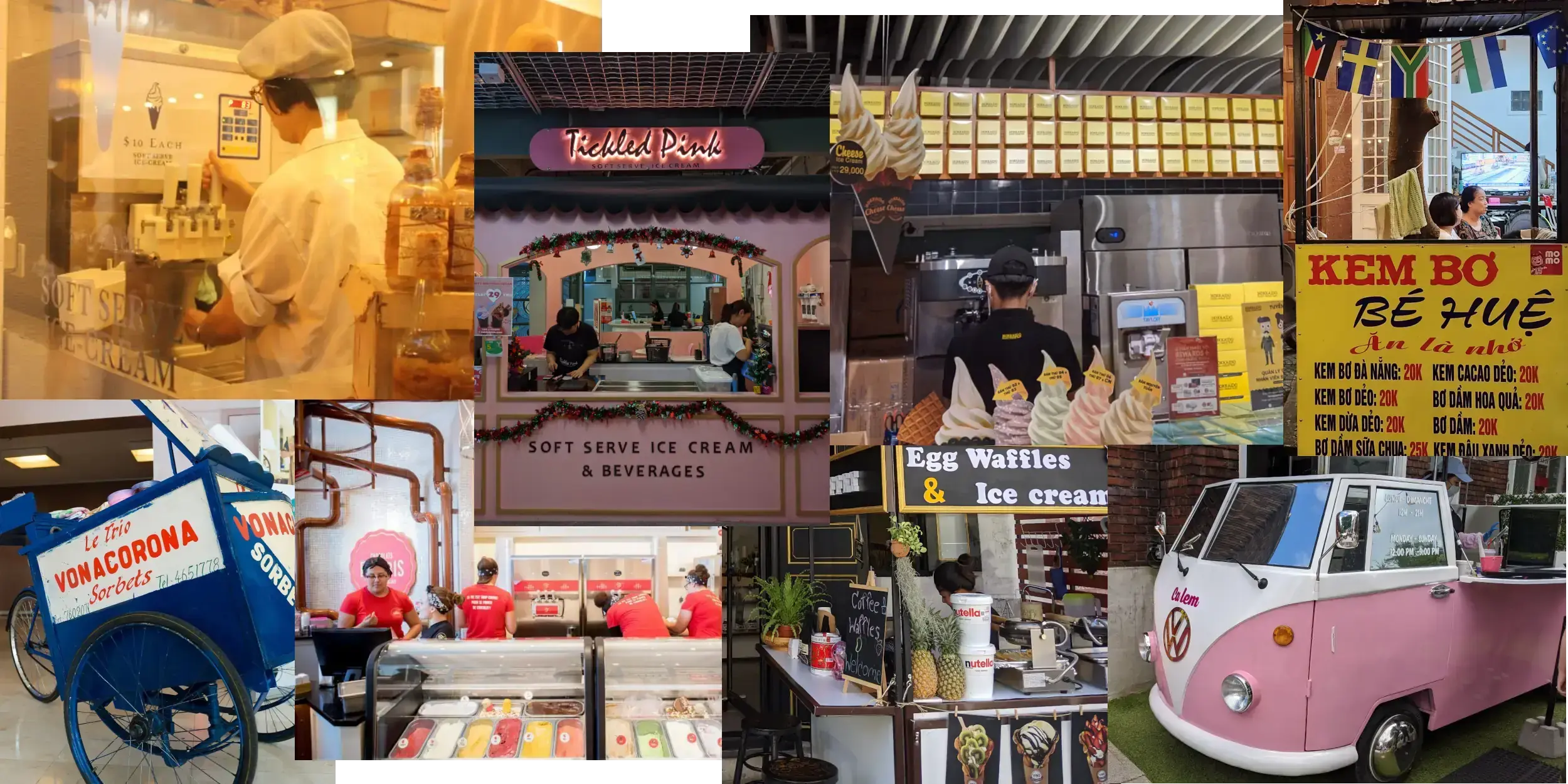
Unique and Delicious Ice Cream From Around the World
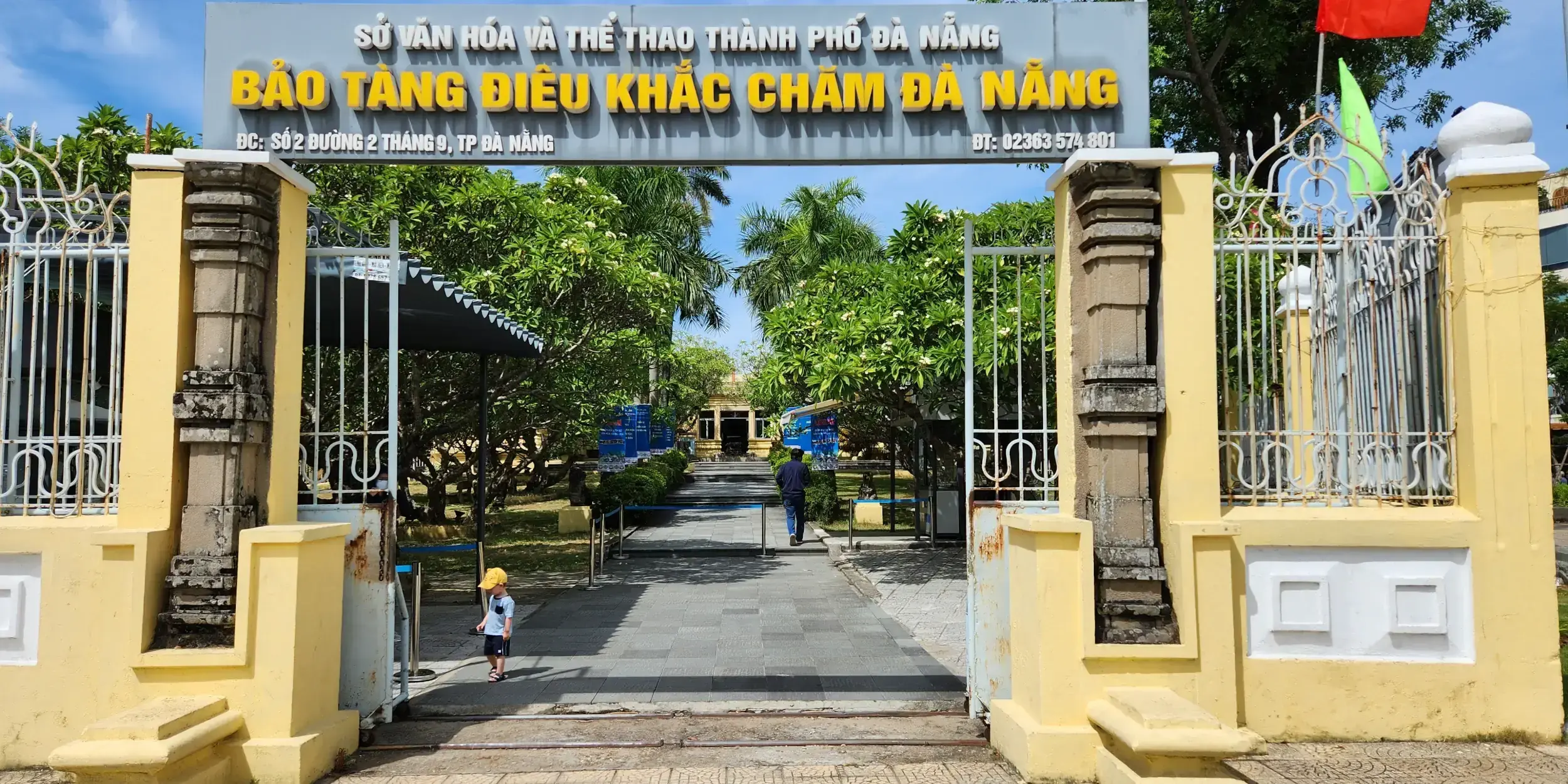
Museum of Cham Sculpture, Da Nang, Vietnam

Canadian Tulip Festival, Ottawa, Canada

Canada Science and Technology Museum, Ottawa, Canada

Plane Spotting at Jacques-de-Lesseps Park

Flying Business-class With Air Canada. Worth it?

Basilique Notre-Dame de Montréal, Montreal, Canada
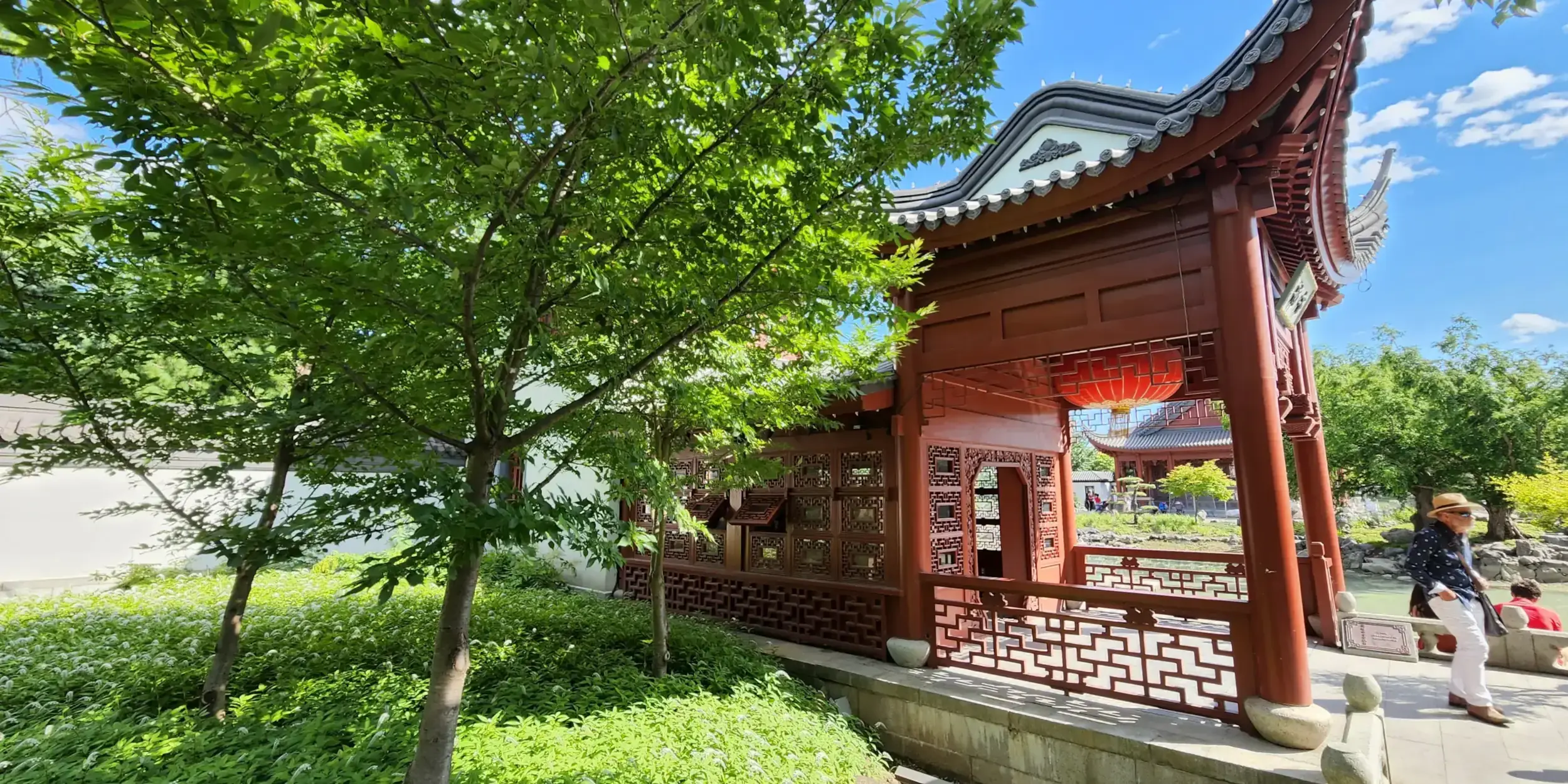
Botanical Gardens, Montreal, Canada - Revisited
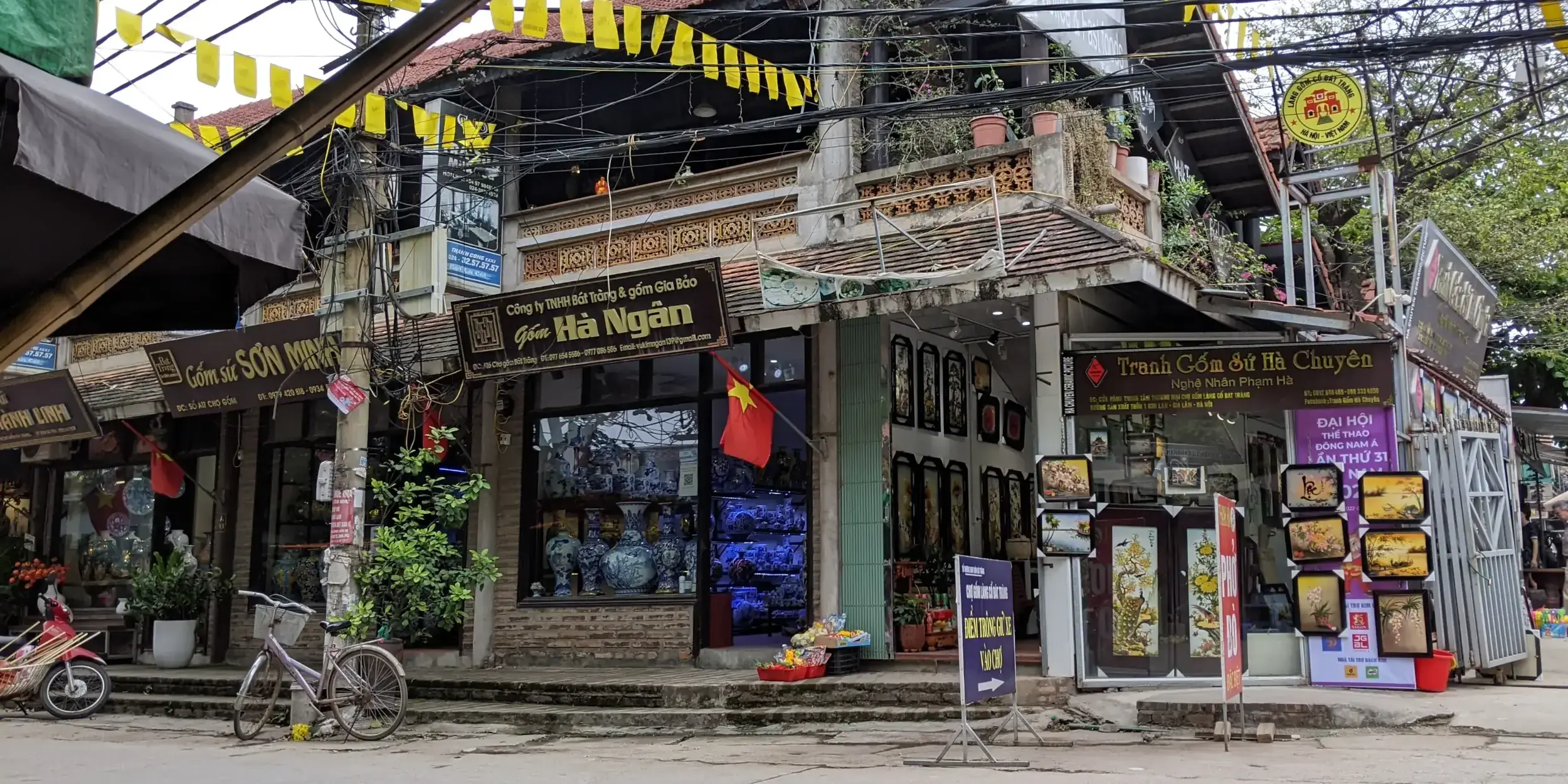
Bát Tràng Pottery Village, Hanoi, Vietnam
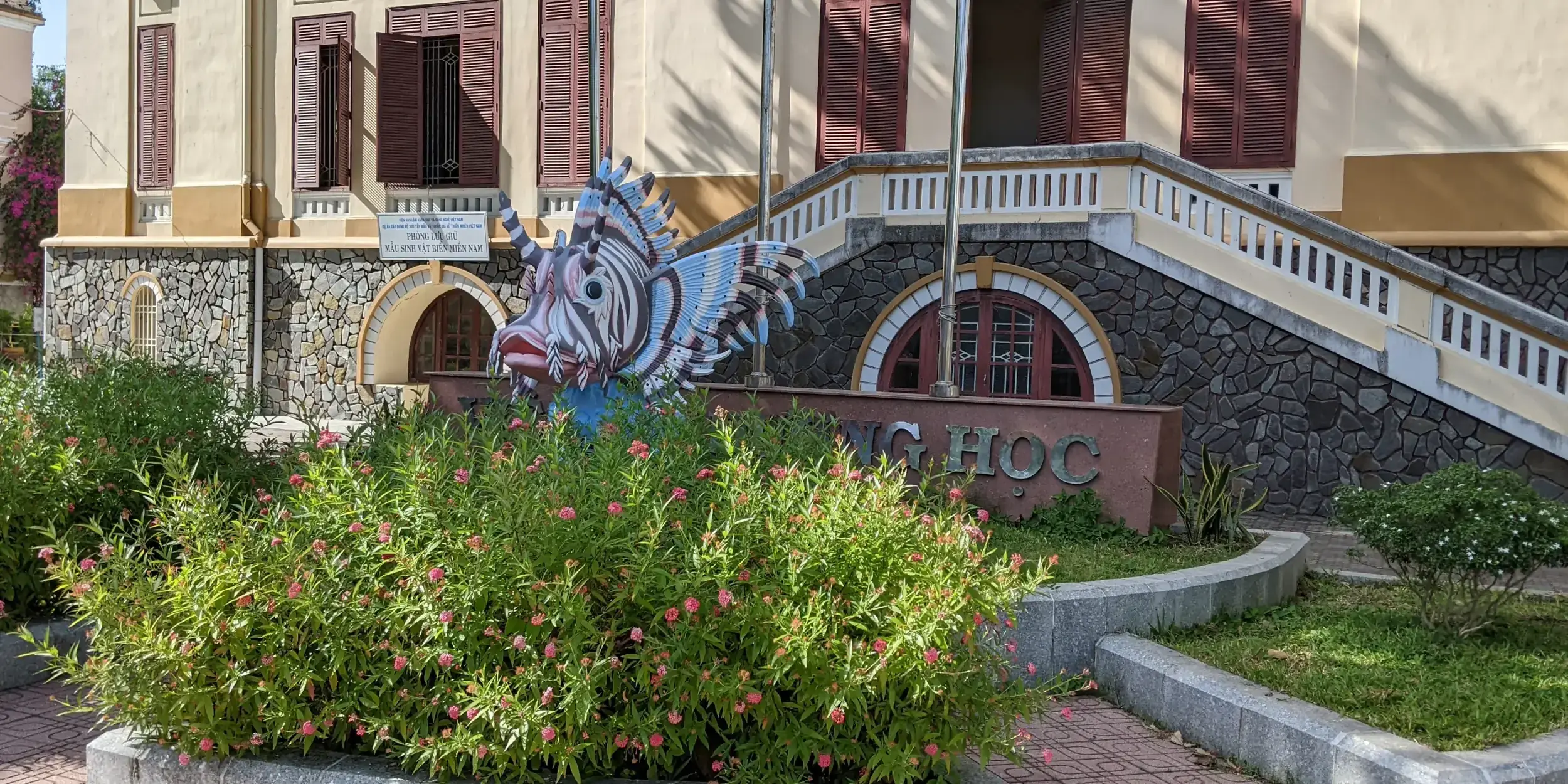
Museum of Oceanography, Nha Trang, Vietnam

Pointe-à-Callière Museum of Archaeology and History, Montreal, Canada

Biodôme, Montreal, Canada
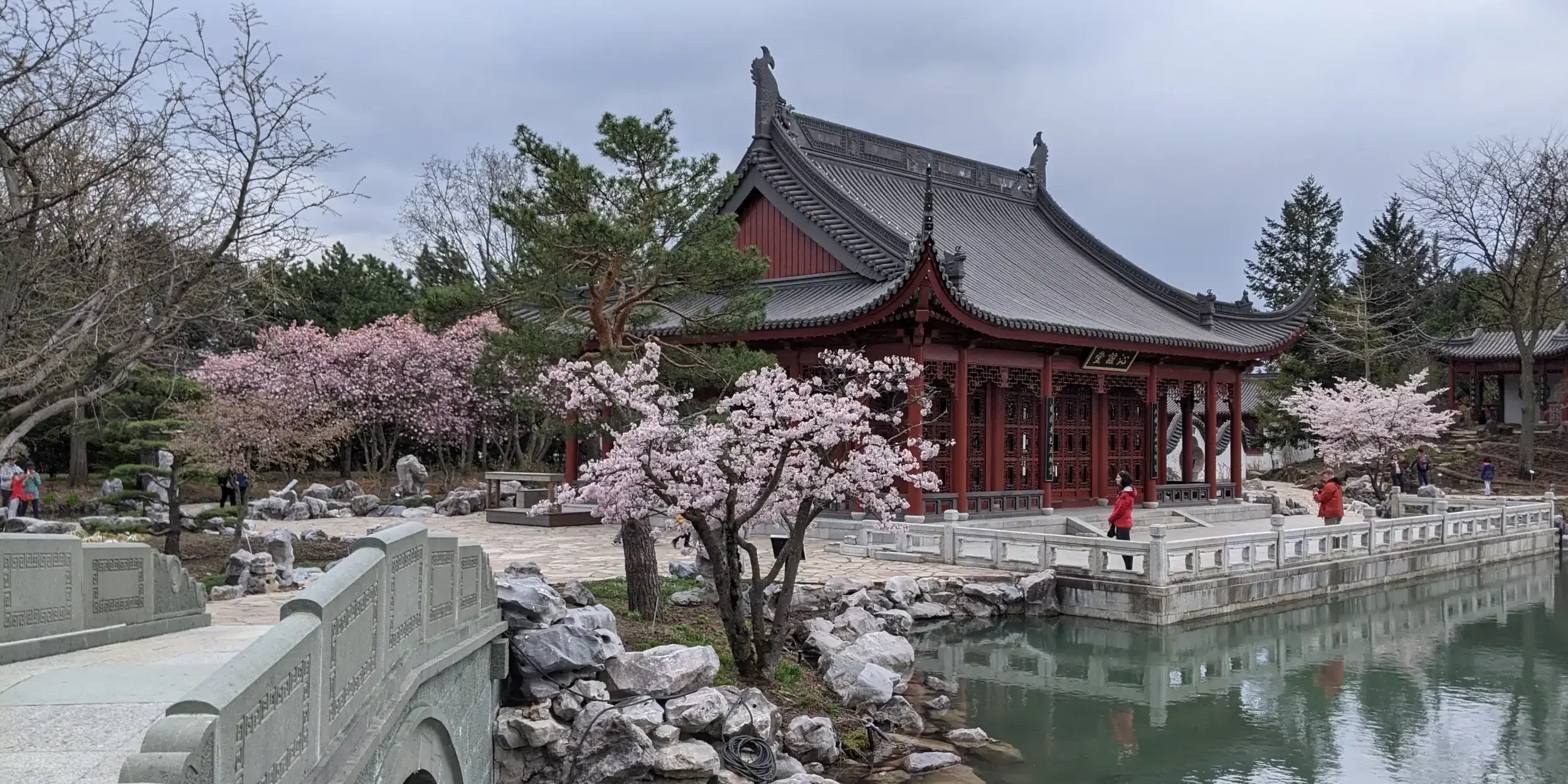
Botanical Gardens, Montreal, Canada

Château Dufresne Museum, Montreal, Canada

2 Days in Saigon, Vietnam
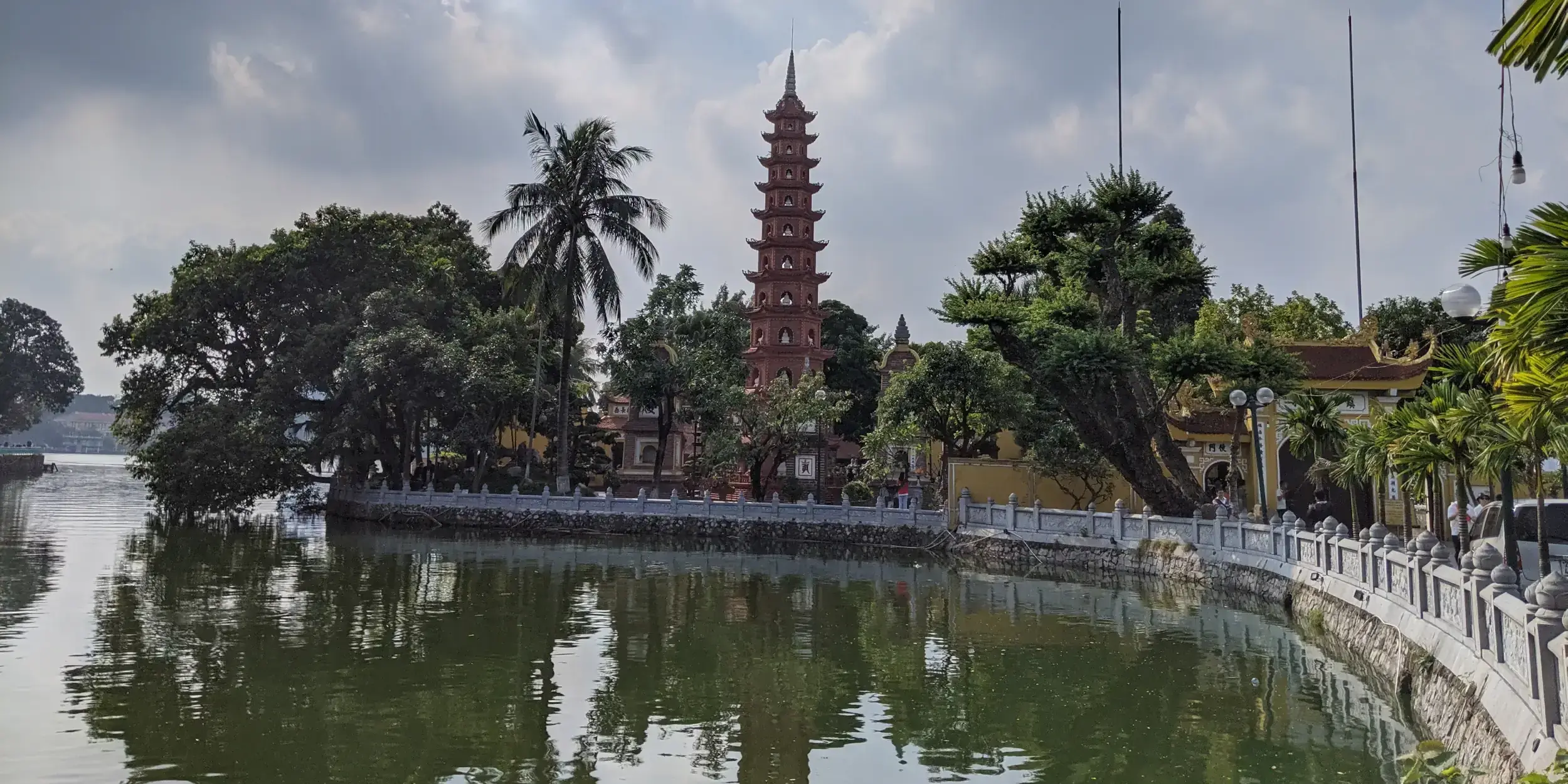
2 More Days in Hanoi, Vietnam
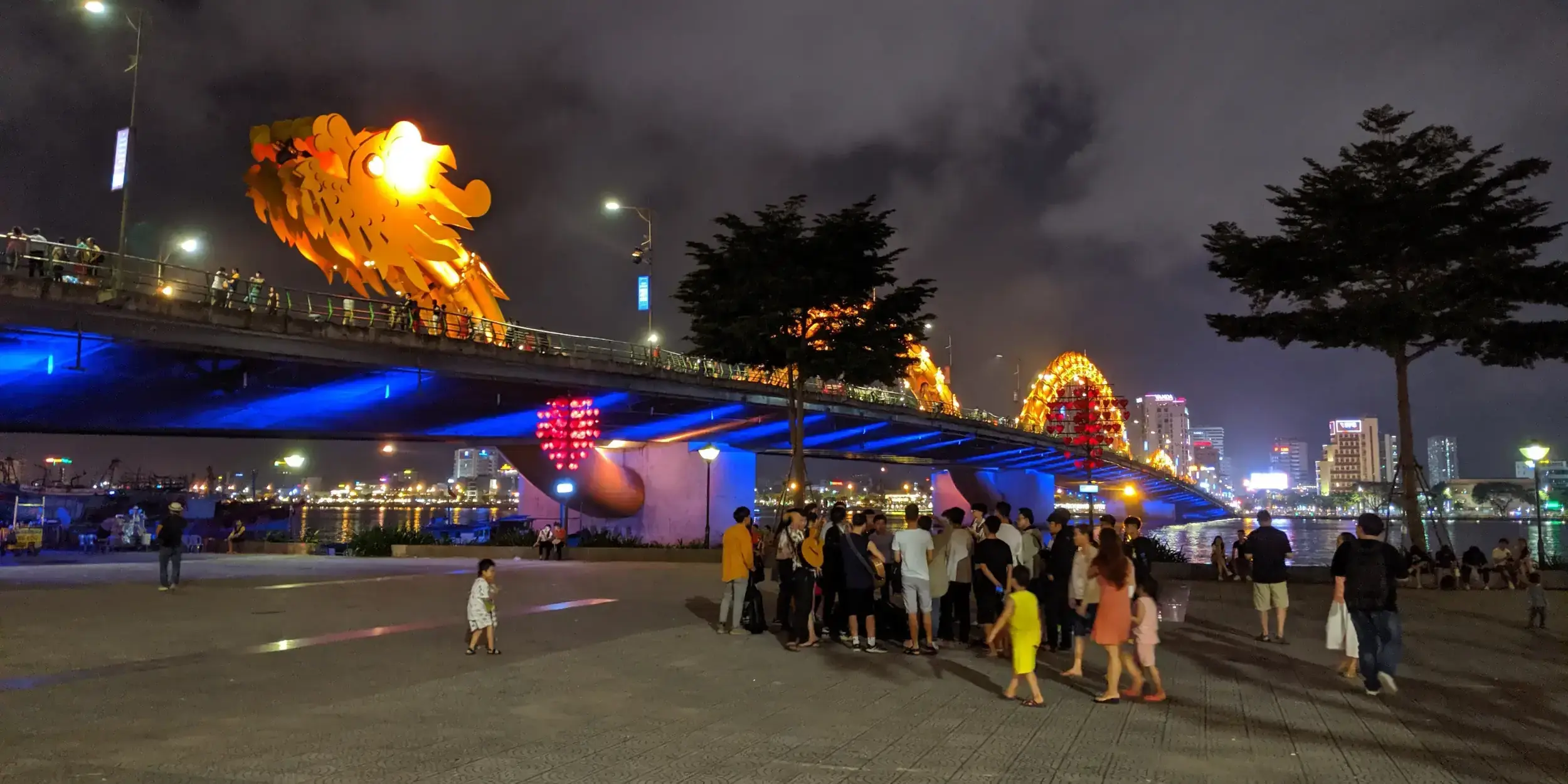
3 Days in Da Nang, Vietnam
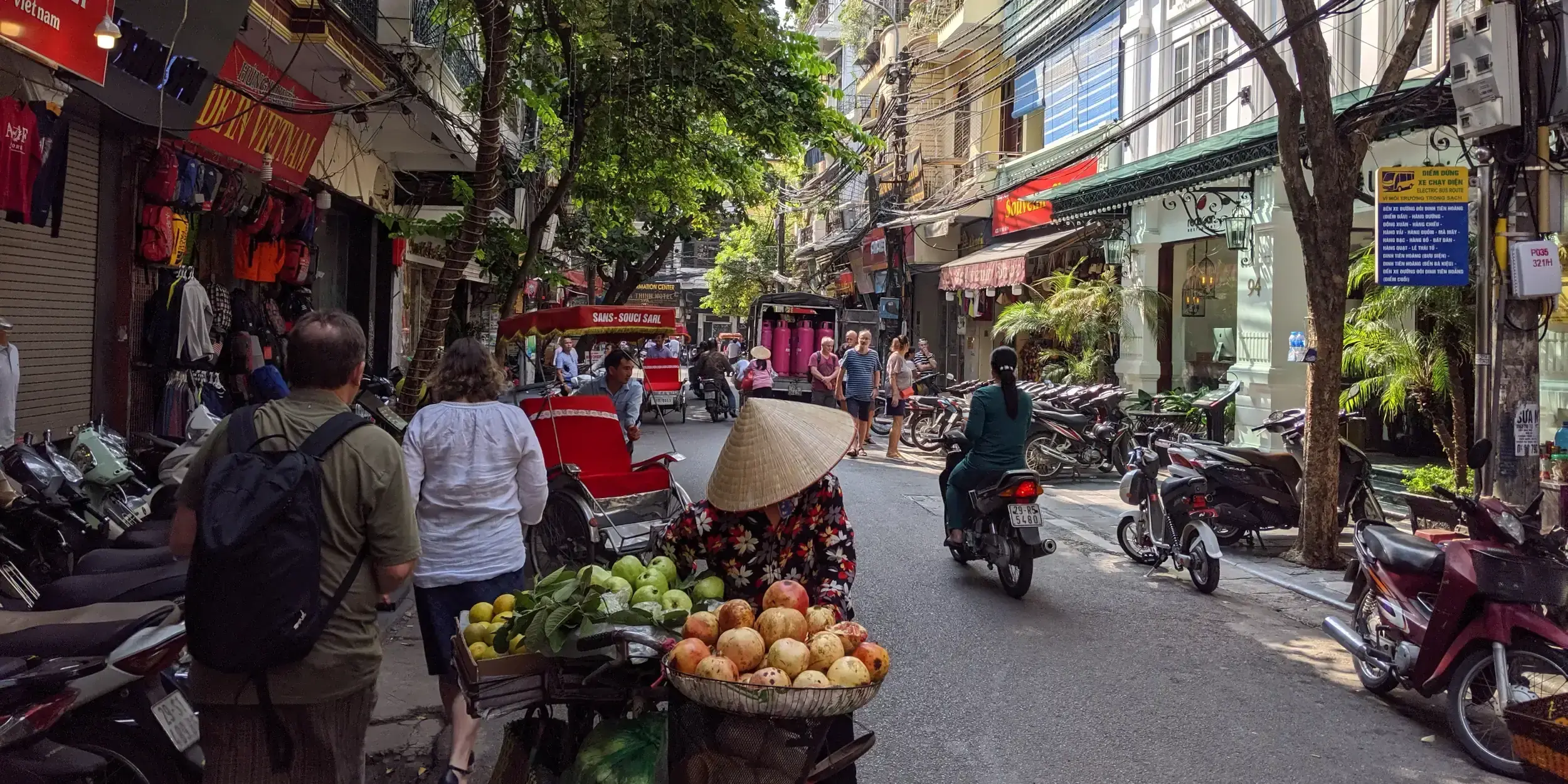
6 Days in Hanoi, Vietnam - Part 3
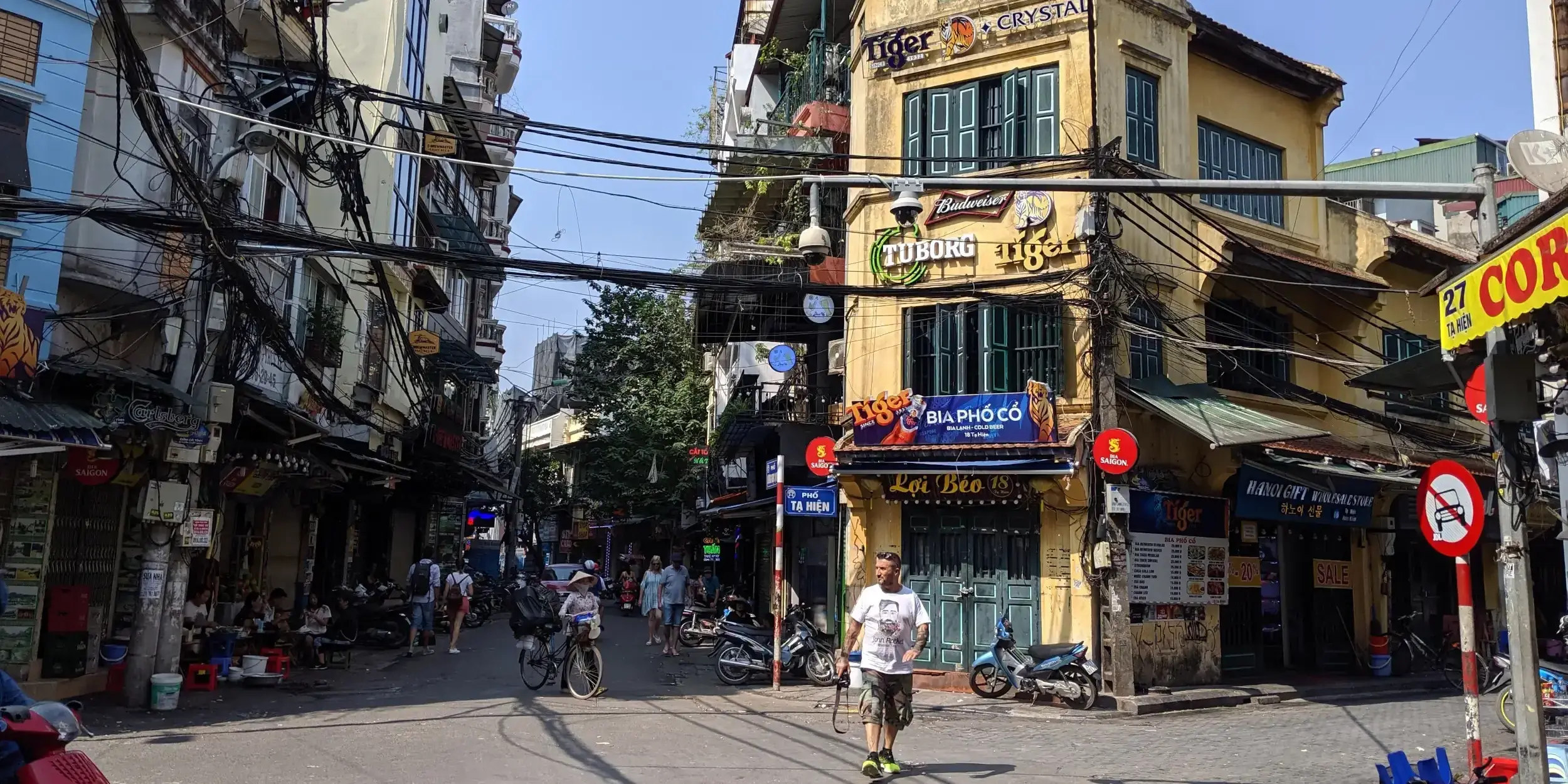
6 Days in Hanoi, Vietnam - Part 1
Comments